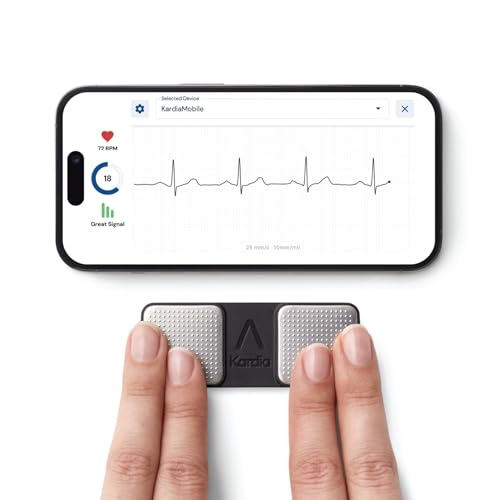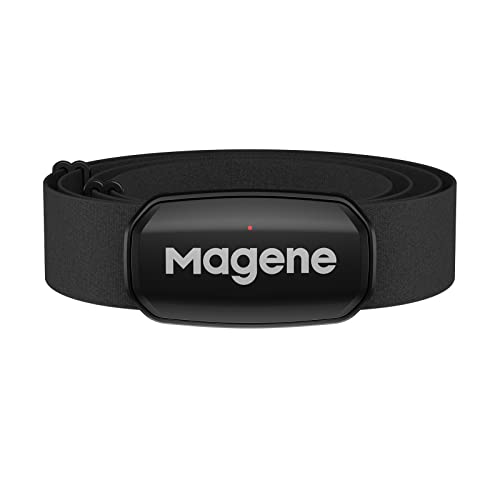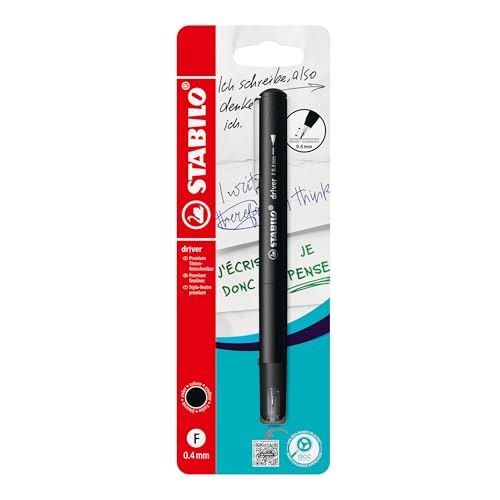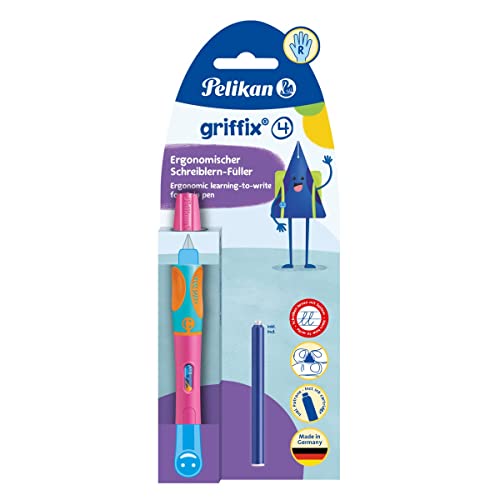Introduction to Heart Rate Monitors: Understanding Their Importance in Fitness
Why Heart Rate Monitoring Matters
In our fitness journeys, understanding how our heart responds to different activities is crucial. A heart rate monitor allows us to track our heart’s performance, ensuring we stay within our target heart rate zones. This is particularly important for maximising workouts, whether we aim to improve endurance, lose weight, or maintain overall health. By regularly checking our heart rate, we can adjust our exercise intensity, making our routines more effective and enjoyable.
The Connection Between Heart Rate and Fitness Levels
Monitoring our heart rate not only informs us about the effort we exert during workouts but also reflects our overall fitness level. A lower resting heart rate often indicates better cardiovascular health, while understanding our heart rate trends over time can help us gauge improvements in fitness. Recognising our heart rate patterns during exercise helps tailor our fitness regimes to meet specific goals.
Key Features to Look For When Selecting a Heart Rate Monitor
Various Types of Heart Rate Monitors
When choosing a heart rate monitor, we can select between wrist-based and chest strap models. Wrist monitors are more convenient and user-friendly, ideal for those who prefer an all-in-one device. In contrast, chest straps tend to provide more accurate readings, especially during intense workouts, making them favourable for serious athletes.
Accuracy and Consistency
An essential feature to consider is the accuracy of heart rate readings. We should look for monitors that incorporate advanced sensors and algorithms for real-time feedback. Consistency in readings ensures that we can trust the data during workouts, allowing for better adjustments based on performance.
Additional Features to Enhance Our Experience
Many modern heart rate monitors come with additional features that enhance the user experience. For example, some models offer GPS tracking, allowing us to track distance and route, while others provide integrated workout suggestions based on our heart rate data. Features like waterproofing become vital for swimmers, while Bluetooth connectivity helps sync our monitor with mobile devices for detailed analysis.
Comparison of Popular Heart Rate Monitor Models
Leading Brands and Their Offerings
Several brands dominate the heart rate monitor market, each providing unique features catering to diverse preferences. For instance, the offerings from Cardiowatch are known for their sleek design and multi-functional capabilities, appealing to casual fitness enthusiasts. On the other hand, brands like Polar and Garmin tend to be favoured by athletes for their precision and extensive performance metrics.
Understanding Price Points
Pricing can vary widely among heart rate monitors. Basic models start relatively low but may lack advanced features like GPS or workout analytics. Mid-range and premium options tend to provide comprehensive insights and a variety of functionalities, making them a better investment for committed fitness enthusiasts. We can weigh our fitness goals against these options to choose a monitor that fits both our needs and budget.
How to Use Your Heart Rate Monitor Effectively for Optimal Results
Setting Up Your Monitor
Once we have our heart rate monitor, we should take time to set it up correctly. This involves adjusting the fit, particularly with chest straps, to ensure accurate readings. We also need to input relevant information like age, weight, and fitness goals, as this data significantly influences our target heart rate calculations.
Establishing Your Target Heart Rate Zones
Understanding our target heart rate zones will enhance our workouts. The general formula involves calculating 220 minus our age, which helps us establish our maximum heart rate. From there, we can determine our target zones for different fitness goals, typically categorised into moderate and vigorous exercise zones.
Integrating Heart Rate Monitoring Into Workouts
Incorporating heart rate monitoring into our workouts can guide our intensity levels. For effective conditioning, we can alternate between zones, ensuring we push to higher levels intermittently while allowing for recovery phases. Tracking how we feel at different heart rates can also improve our understanding of our body’s signals, helping us to adjust on-the-fly.
Frequently Asked Questions About Heart Rate Monitors
Do I need a heart rate monitor?
If fitness is a part of our daily routine or if we have specific health goals, investing in a heart rate monitor is beneficial. It serves as an essential tool for safe and effective training, helping us attain our objectives and maintain motivation.
Can heart rate monitors be worn all day?
Most heart rate monitors are designed for daily wear. Wrist models especially track average heart rates throughout the day, allowing us to monitor our resting heart rate trends and overall activity levels, contributing to better health insights.
How accurate are heart rate monitors?
The accuracy of heart rate monitors can vary by model and type. While chest straps generally provide higher accuracy than wrist-based models, newer wrist devices have improved significantly. It’s best to check reviews and user experiences to gauge accuracy before purchasing.

























